It is a safe bet that the last 18 months have seen operators review their menus more times than they ever did before. Restrictions introduced due to Covid-19 – social distancing, curfews, stay at home mandates – meant that restaurants were forced to reconsider their offering, constantly looking to tweak menus to make sure they were in step with what customers wanted.
Not all food is right for delivery and some items are simply better enjoyed in the restaurant. When dining rooms could open again, guests might look for more comfort or fewer dishes. There was a lot to keep on top of.
Now, as we hopefully emerge from the pandemic, foodservice operators will continue to look at their menus and consider if they are fit for a post-Covid dining environment.
There are many reasons why operators now need to adapt and streamline their menus. Consider the increased pressure on take-out and delivery services and many places now have additional seating as operators have expanded with outdoor dining areas.
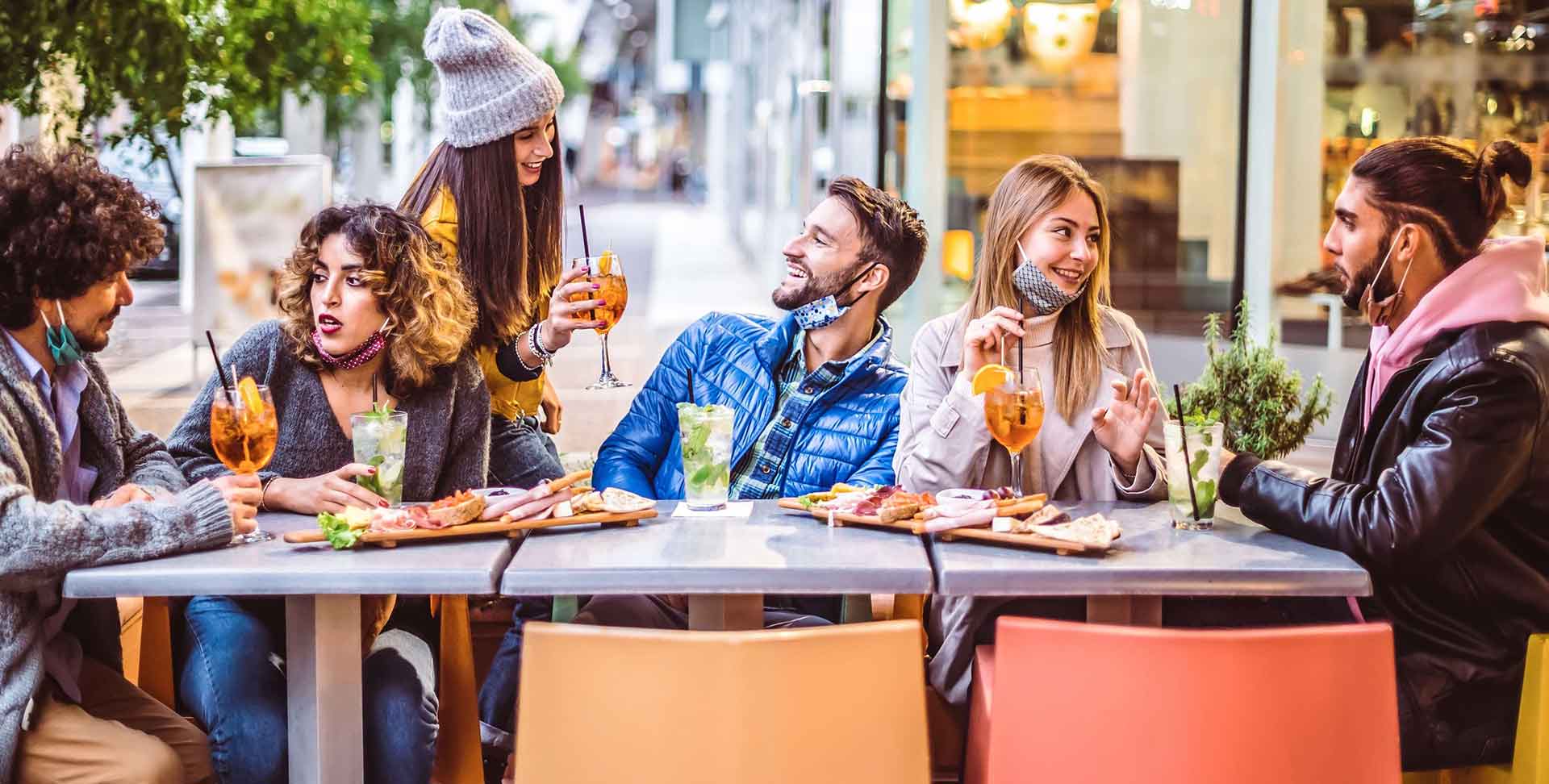
Image: AdobeStock | charmedlightph
“The labor shortage also means that there are less hours for prep and less people for a la minute service. In addition, some ingredients are in short supply and deliveries are being made less frequently,” says Arlene Spiegel, founder and president of Arlene Spiegel & Associates.
In a post-pandemic restaurant marketplace, menus won’t need to be as extended as they were before, according to Bettina von Massenbach, the owner of Oyster Hospitality Management in Munich, Germany. “In the past having more than five meat dishes on the menu, for instance, was a way to ‘show off’. But today meat is becoming more and more unpopular due to various reasons. So now is the chance to focus on quality,” she says. “Guests benefit from having a reduced choice of dishes and with a smaller selection the decision process is faster so the diners can go back to socializing and enjoying their time in the restaurant.” And, as von Massenbach points out, a shorter menu benefits the operator too. “Storage is always an issue and keeping a wider range of fresh products on stock is a challenge if they are not totally confident about filling the restaurant reservation book,” she says.
A good time to change
In a survey from January 2021, The National Restaurant Association found that 63% of fine dining restaurant operators, and half of all family and fast-casual operators reported changing menus, which for the most part consisted of streamlining the number of menu options. More than 60% of respondents said they planned to keep the smaller menu, citing the lower costs as a main reason.
In pre-pandemic times the price on the menu rarely reflected the actual cost of the food. By the time you account for the cost of the produce, the preparing and cooking and serving the food, the cost is invariably higher than what the diners paid.
And with so much changing in the world due to Covid-19 anyway, reopening after a lengthy spell with the doors closed seemed a good moment to change things. One chef, Amanda Cohen, owner of Dirt Candy in New York City announced major changes to her menu as she reopened after more than a year closed. “Dinner at Dirt Candy will be a set five-course menu that changes seasonally. We used to let guests choose between a five and a ten-course menu, but running two menus was killing our food costs,” she said in an Instagram post.
Sieh dir diesen Beitrag auf Instagram an
“2020 taught us that offering one menu means so much less wasted food and energy. Unfortunately, this also means that we won’t be offering a la carte sandwiches and salads at night,” said Cohen.
But it is not just high-end establishments that are ringing the changes. QSR chains including Applebee’s and IHOP both scaled back menus during the pandemic and have announced they are not going back. In reducing a 12-page menu to two pages, IHOP kept popular items that weren’t too difficult to prepare while removing easily replaced items that fewer guests ordered.
Similarly, McDonald’s ditched its all-day breakfast menu during the first wave of the pandemic in an effort to speed up service and found that it worked well.
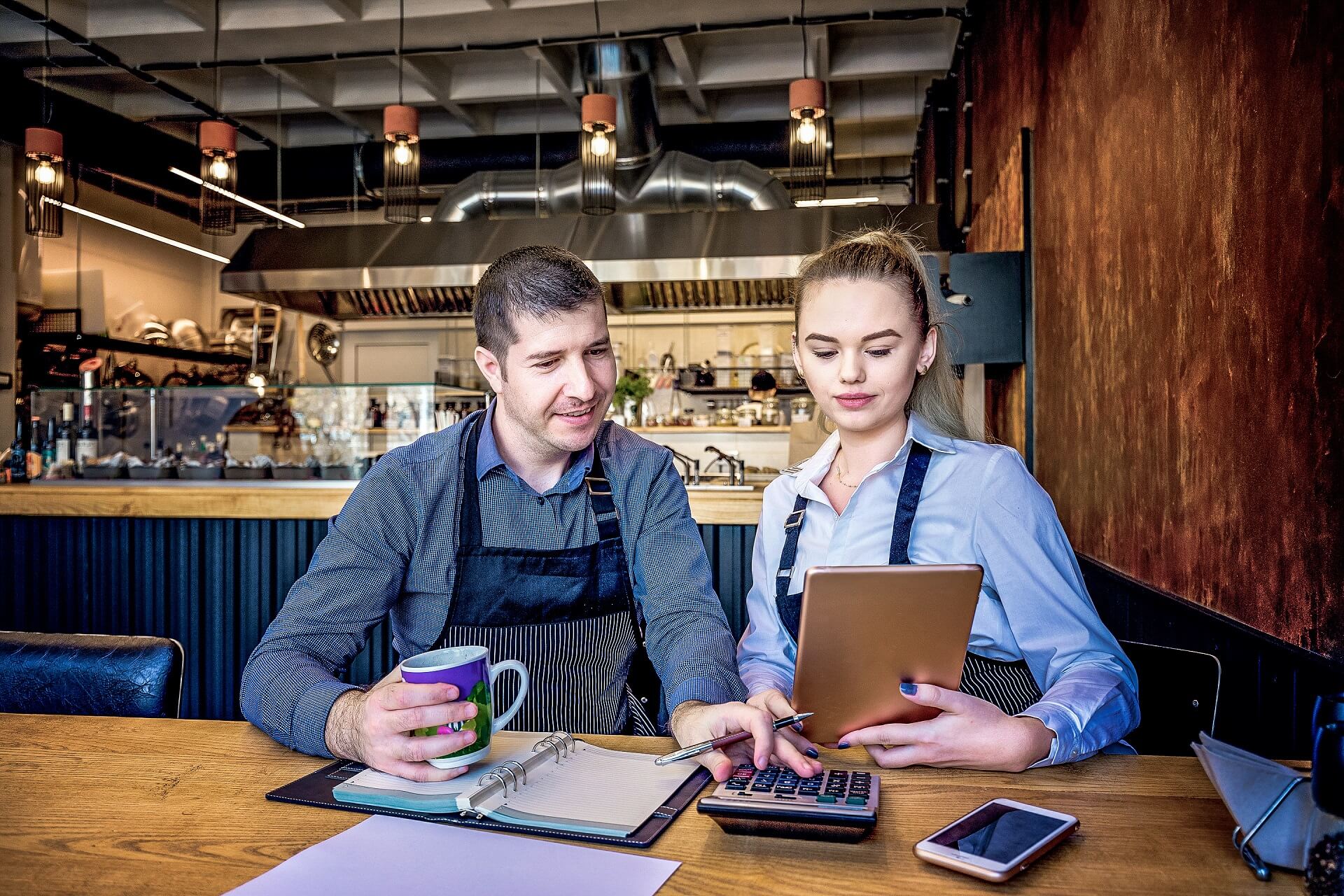
Image: AdobeStock | dpVUE .images
Adjusting to the delivery boom
No matter where we look the stand-out development during the pandemic was the boost in delivery services. In responding to the trend operators a rise in delivery and changing consumer habits they found they had to shorten and simplify menus or add new categories to cater for different groups.
The global online food delivery services market is expected grow from $115.07bn in 2020 to $126.91bn. And it is not going to slow down, the market is expected to reach $192.16bn in 2025.

Image: Shutterstock | Hrytsiv Oleksandr
The boom in delivery also means higher prices will be needed, says Spiegel. “Yes, prices on some items will need to increase due to higher labor and food costs, but another factor is the higher percentage of business now being driven by third party delivery companies eats into the operators’ margins.”
The fact that many high-end operators have jumped on the delivery bandwagon means that the quality and sustainability of the packaging has been elevated too. This will lead to an added cost that somebody will have to pay for, says Rudy Miick, founder and president of Rudy Miick consultancy firm in the US.
“Environmental packaging is going to be the norm for smart operators regardless of segment. This is going to be part of the marketing statement of smart brands,” he says. “Pricing will be included in service charge or recipe cost of production, hence sale price. It is part of the experience, and we as customers will accept it as us doing our part for our environment.”
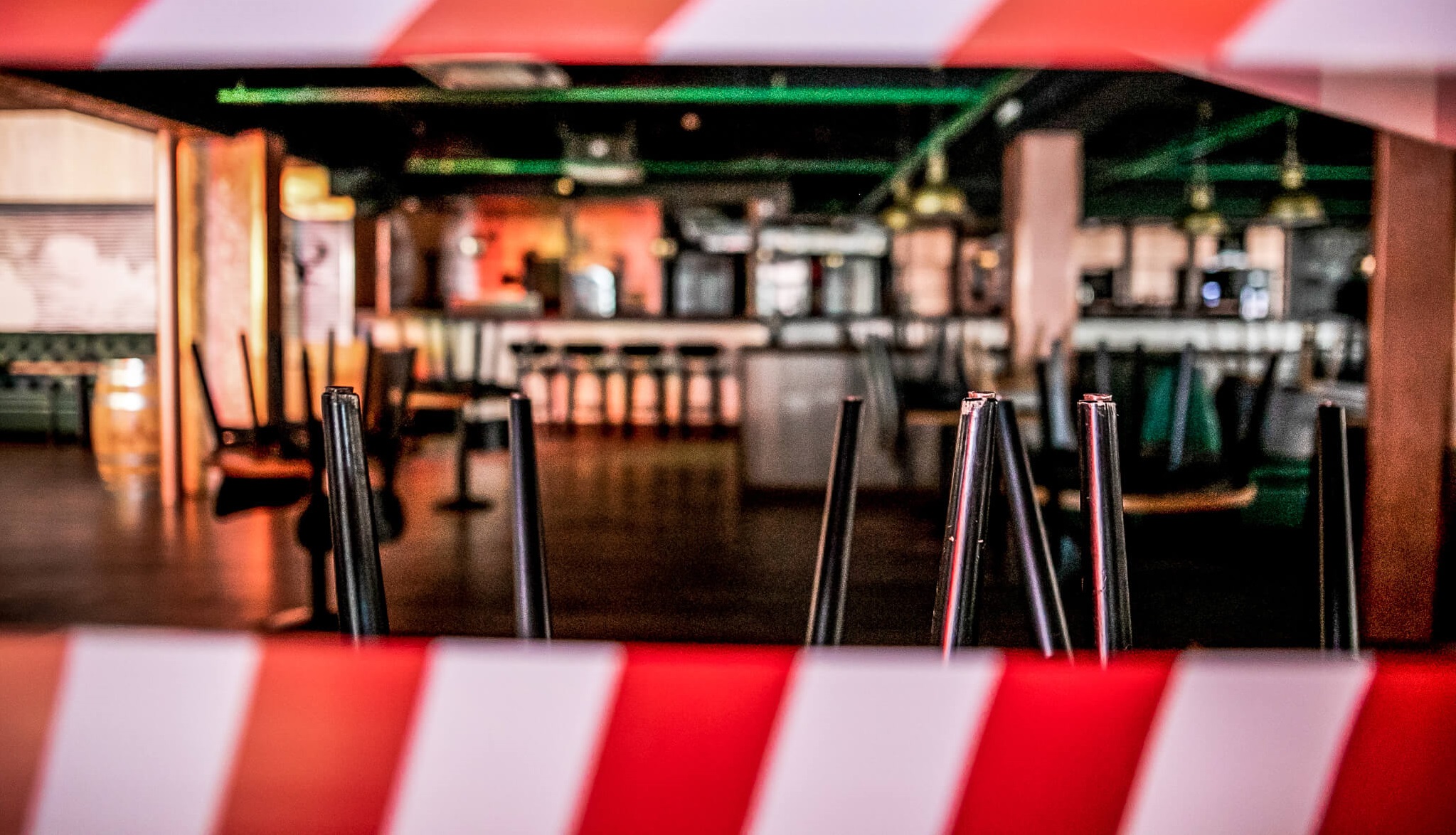
Image: AdobeStock | Семен Саливанчук
Thoughtful reflection
The enforced closures during the pandemic offered chefs and operators the time to reflect on how they ran their business and what improvements they could bring in. In the UK seafood chef Nathan Outlaw who currently holds two Michelin stars at his eponymous restaurant in Cornwall at first did away with his tasting menu completely, saying it felt wrong to offer something elevated and expensive in the circumstances. Instead his menu is accessible and cheaper. Now, a year on he has introduced a set menu sitting at a price level in between the two concepts.
This kind of thoughtful reflection and development is crucial, according to von Massenbach.
“I hope many operators and chefs used the lockdowns during the pandemic as a chance to review their own concepts,” she says.
The good news says, Spiegel, is that operators are rising to the challenge. “They are doing more with less in every aspect of the business. They are also realizing that there are new opportunities to reach customers that never patronized the restaurant before the pandemic and have now become loyal fans,” she says.
“The pandemic made them realize that marketing to the local community and keeping their brand top of mind is an essential part of the business.”


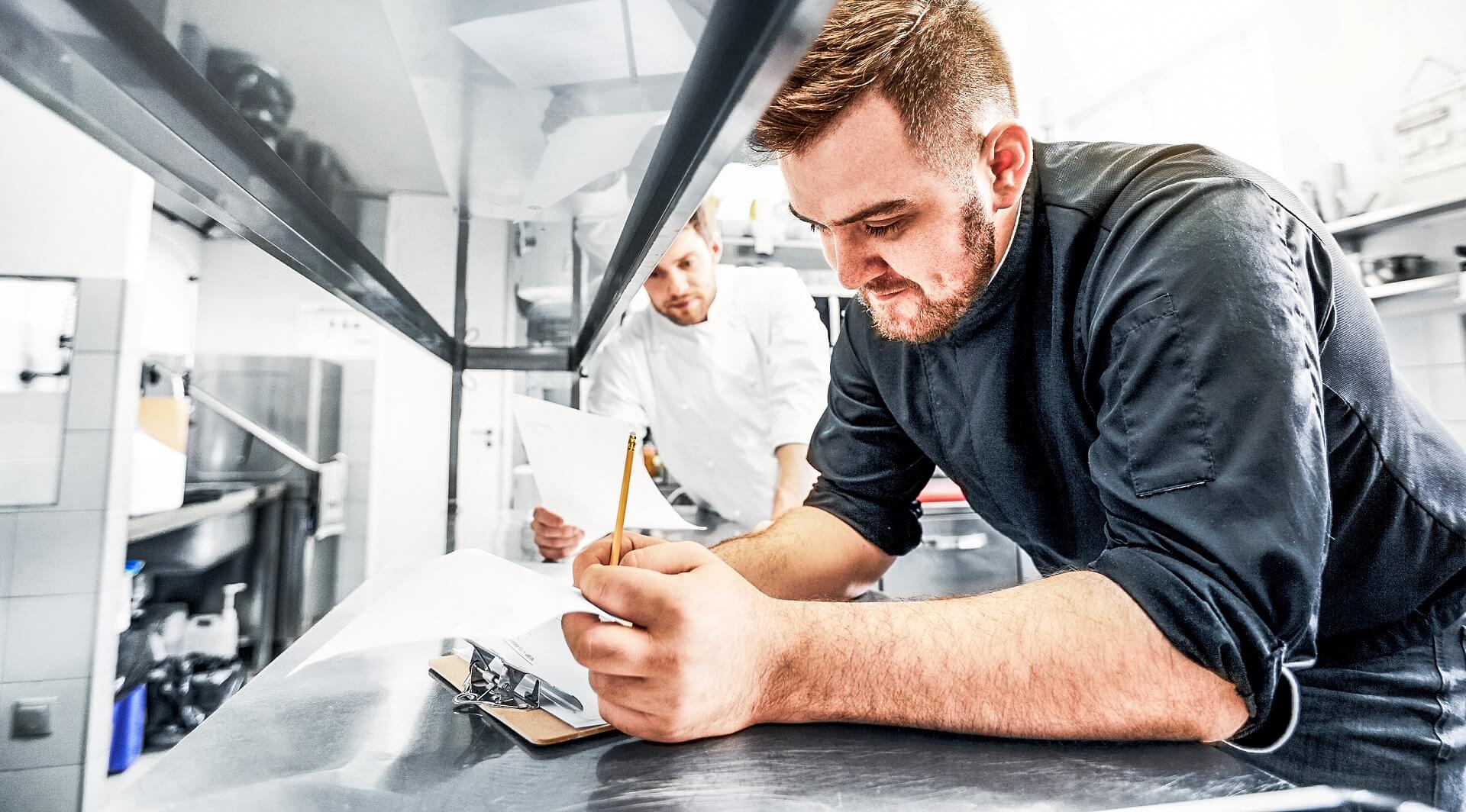






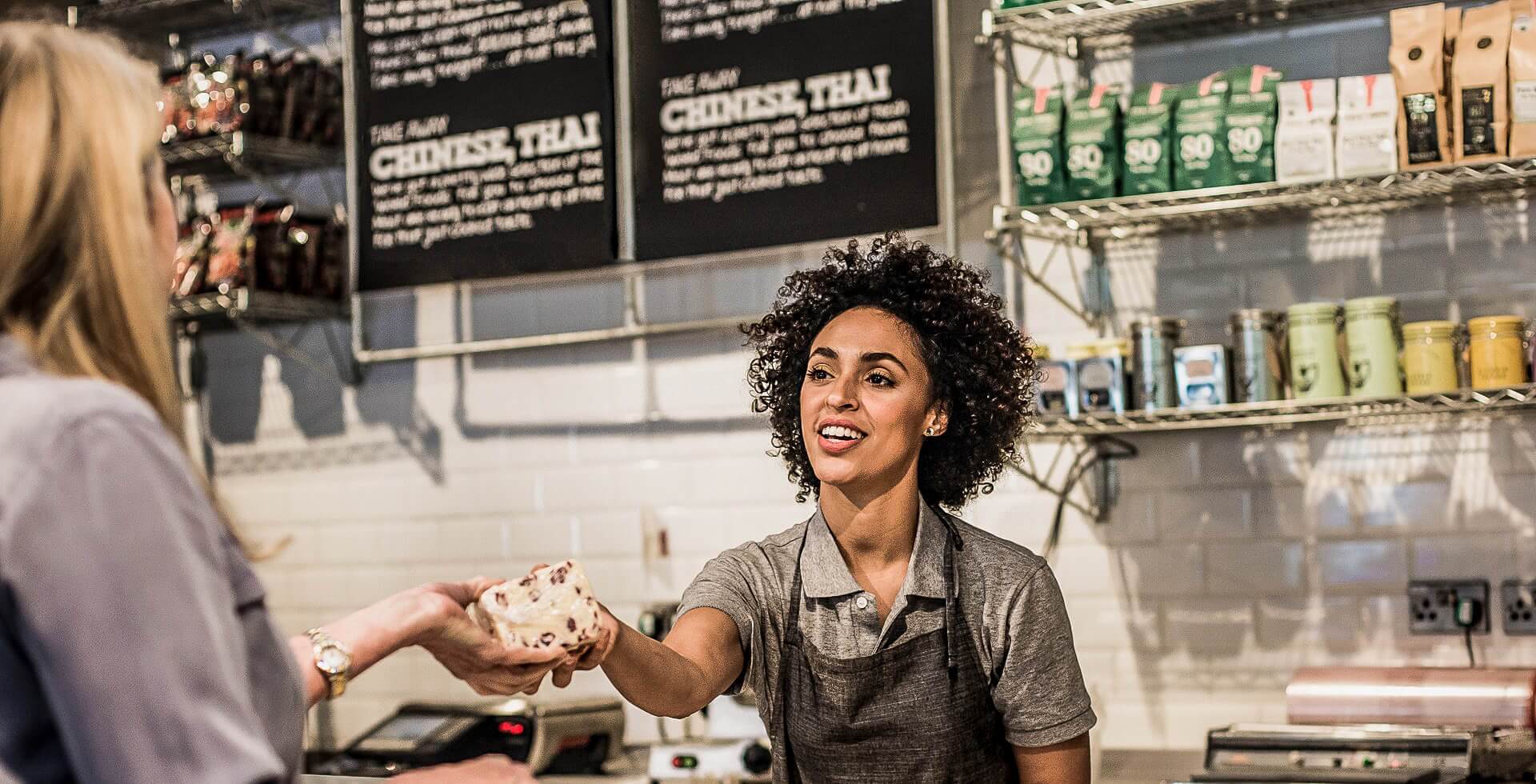

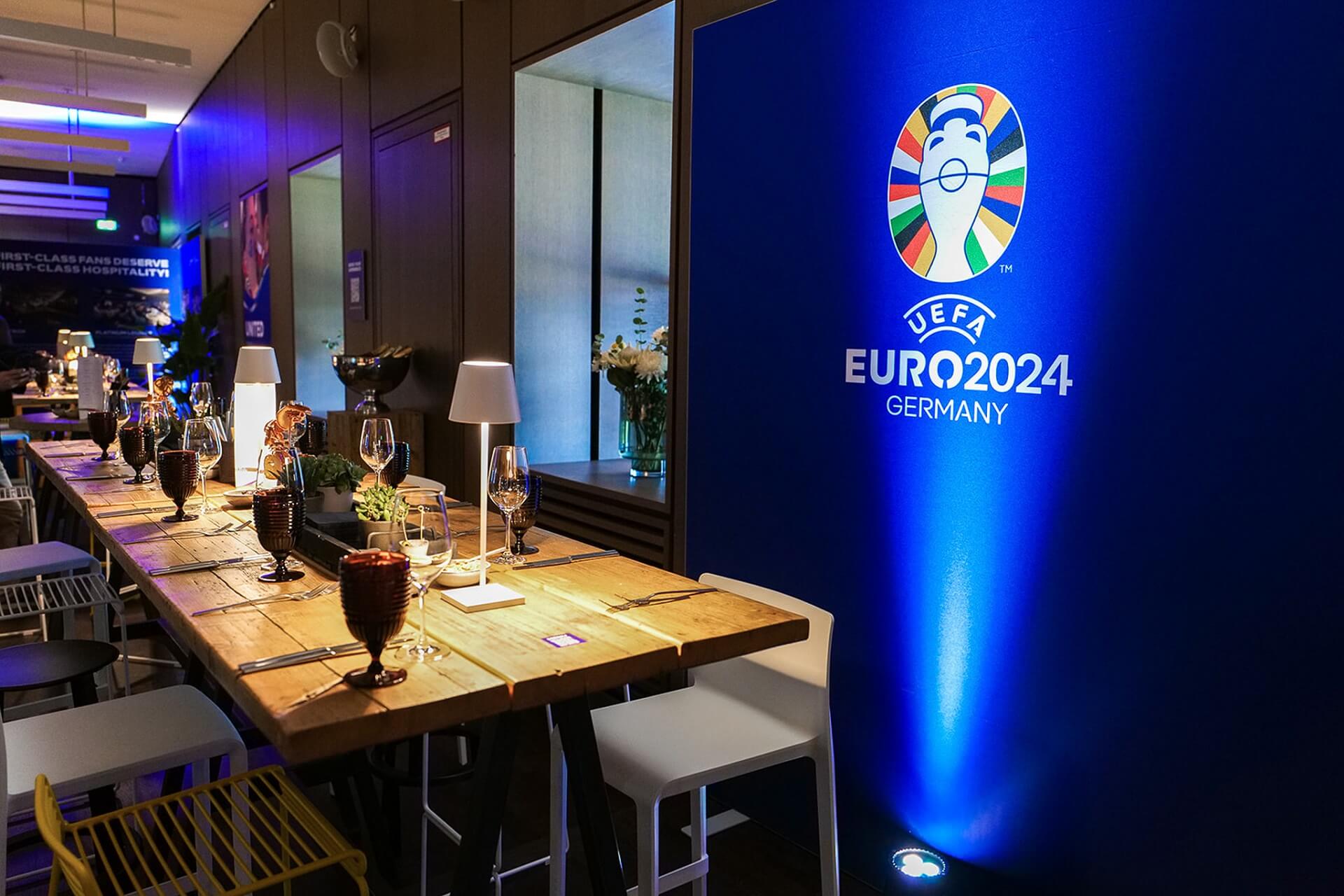
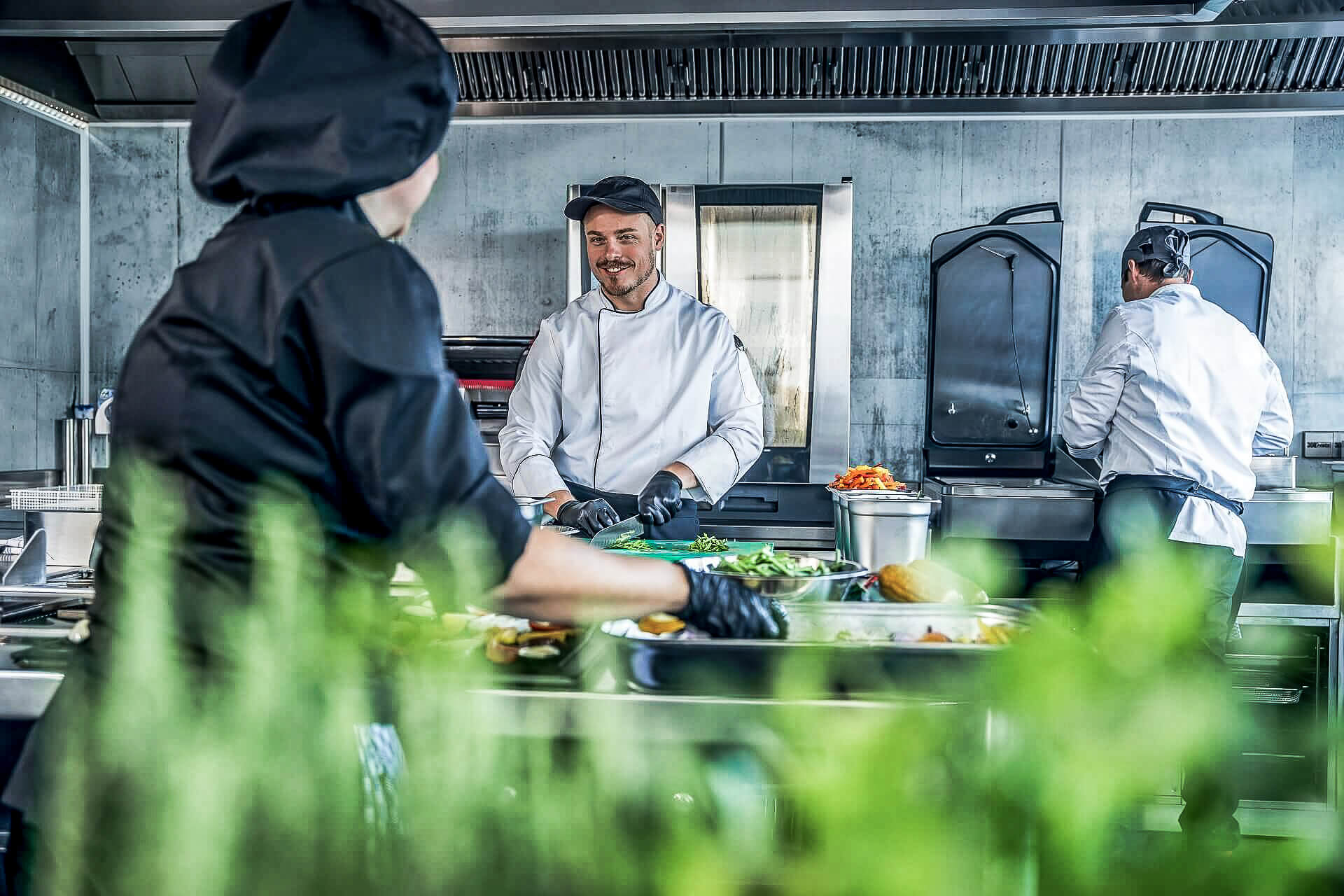
Pingback: Desperately seeking good people – the skilled worker shortage and what you can do about it | KTCHNrebel